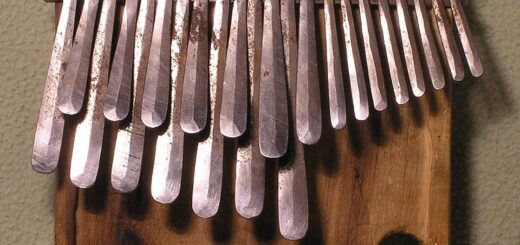Bagpipes – The Bold and Beautiful Sound
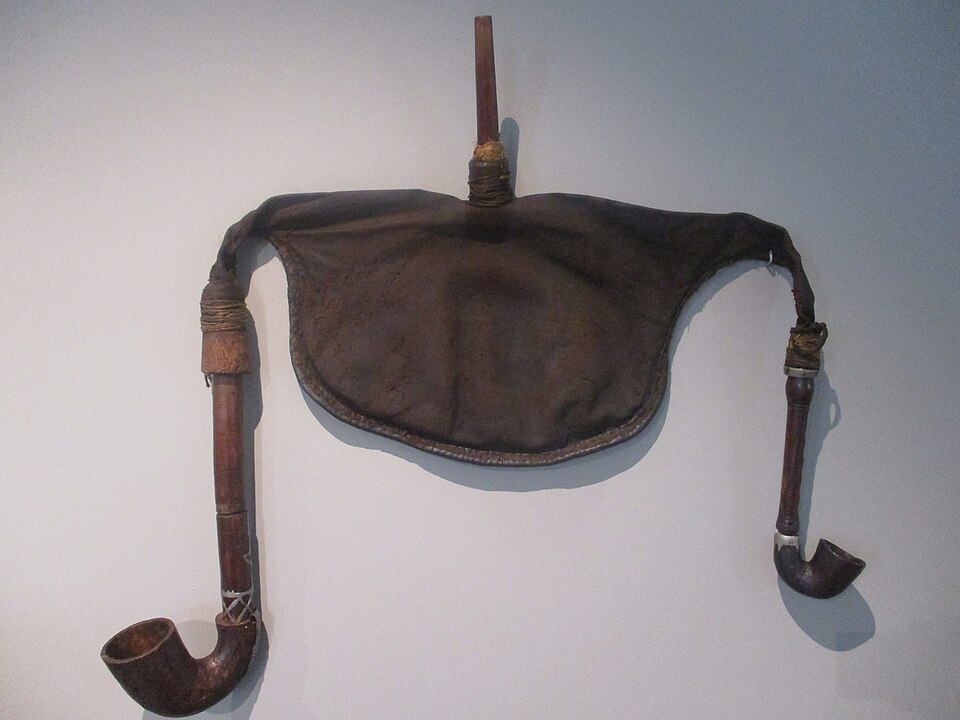
If you’ve ever heard the unmistakable wail of bagpipes drifting through the air, you know it’s a sound that can stop you in your tracks. Powerful, emotive, and steeped in history, the bagpipe is more than just a musical instrument, it’s a cultural symbol, a storytelling tool, and in many ways, a living piece of history.
But what exactly are bagpipes? And why do they get all the love (and side-eyes) they do? Let’s dive in.
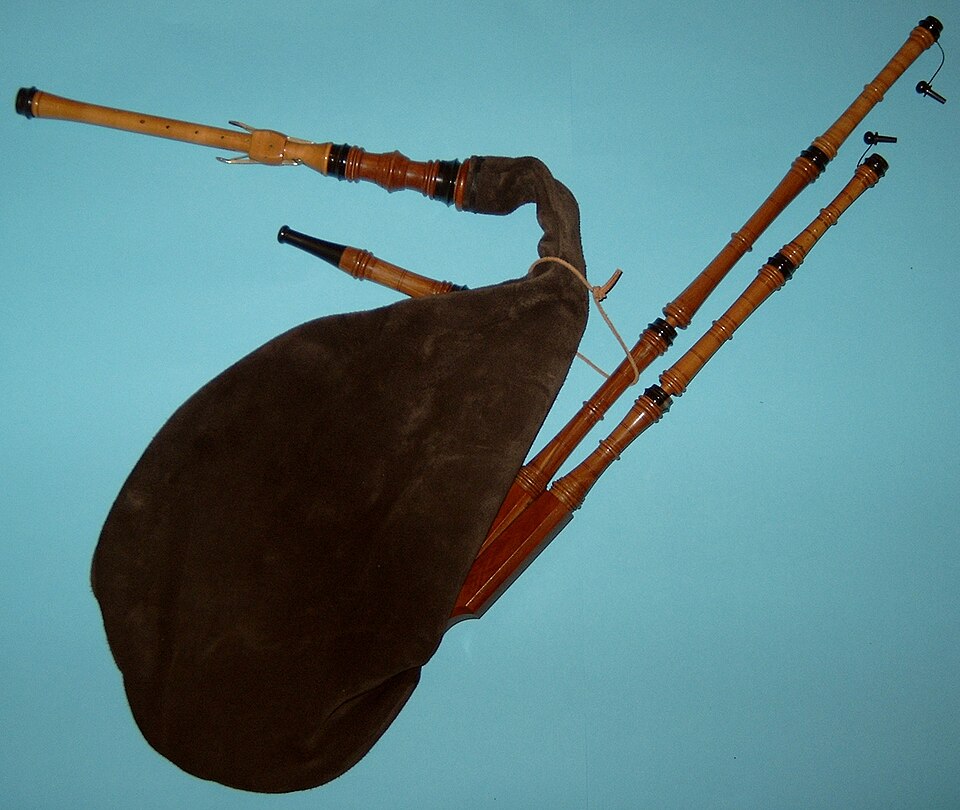
Modern German huemmelchen. Creative Commons | Author: Sönke Kraft aka Arnulf zu Linden – Source: https://commons.wikimedia.org/wiki/File:Modern_huemmelchen.jpg
What Are Bagpipes, Anyway?
At its core, a bagpipe is a wind instrument that uses enclosed reeds fed from a constant reservoir of air in a bag. That bag is typically made of animal hide or synthetic materials today. The player blows into the bag or uses bellows to fill it with air, and then squeezes it under the arm to push air through the pipes, hence, the name bagpipes.
Most traditional bagpipes consist of:
- A chanter (melody pipe)
- One or more drones (which provide a constant note)
- The bag itself
The sound? Rich, droning, and instantly recognizable. Bagpipes weren’t designed to blend into the background. They were meant to lead armies into battle and bring entire villages together at weddings and funerals. Basically, they were the original surround-sound system.
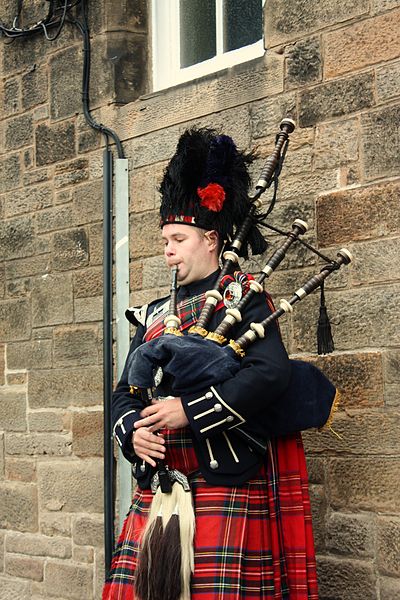
A bagpiper busking with the Great Highland bagpipe on the street in Edinburgh, Scotland. – Creative Commons | Author: Postdlf – Source: https://commons.wikimedia.org/wiki/File:Bagpiper_in_Edinburgh_001.jpg
Wait… They’re Not Just Scottish?
Though most people associate bagpipes with the Scottish Highlands (and for good reason!), they actually have a much broader history. Versions of bagpipes have existed across Europe, the Middle East, and even parts of Asia for centuries.
Here’s a quick world tour:
- Scotland: Home of the Great Highland Bagpipe—the most iconic version.
- Ireland: The Uilleann pipes, played with bellows and known for a softer, more intricate sound.
- Spain: The Gaita, played mainly in Galicia and Asturias.
- Bulgaria: The Gaida, a soulful instrument with deep folk roots.
- Middle East: Ancient versions of bagpipes were played in Mesopotamia as early as 1000 BC!
The fact that different cultures developed similar instruments independently is kind of amazing and a testament to how humans across the world are drawn to expressive, evocative sound.
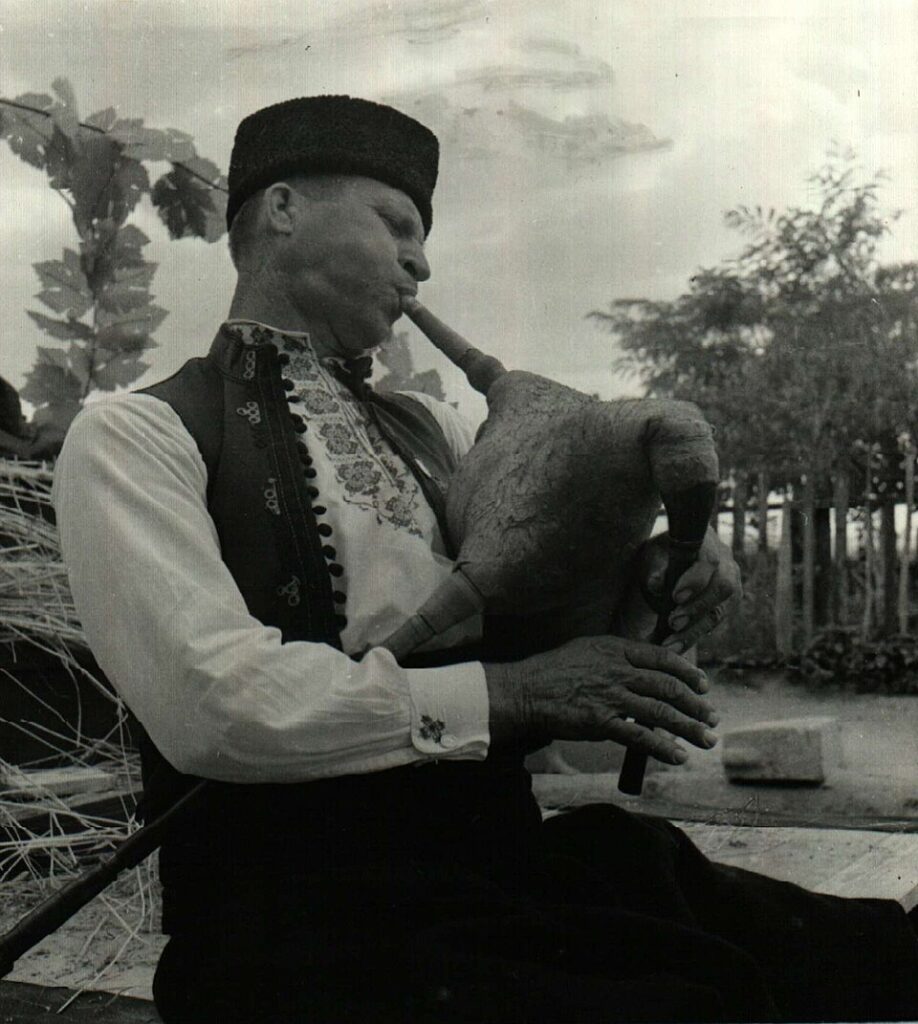
Bulgarian gaida player, a pre-1945 photo. Central State Archive, Sofia – Source: https://commons.wikimedia.org/wiki/File:BASA-2072K-1-361-19-Gaida,_Bulgaria.JPG
A Symbol of Celebration (and Sometimes, Mourning)
Bagpipes aren’t just about music; they’re about emotion. They’ve been used for centuries to mark life’s biggest moments. In Scotland and Ireland, pipers are a fixture at weddings, funerals, military ceremonies, and parades.
If you’ve ever heard “Amazing Grace” played on the pipes at a memorial service, you know how moving it can be. There’s a reason the U.S. and Canadian military often use them in remembrance ceremonies, it’s like the sound was designed to reach into your soul.
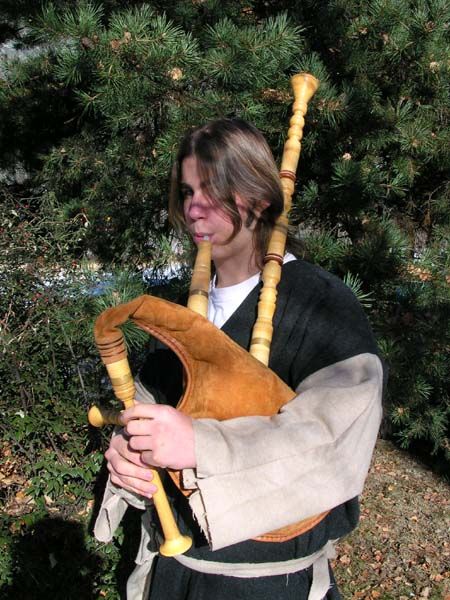
A musician with a Northern Italian Baghèt wearing traditional dress. Creative Commons | Author: Gian Mario Navillod – Source: https://commons.wikimedia.org/wiki/File:Baghet_suonatore.jpg
Why Do People Love (or Hate) Them?
Bagpipes are divisive, no doubt. For some, they stir up pride and nostalgia. For others, they’re… well, loud. Very loud. Especially when someone is learning to play.
But here’s the thing: that piercing, emotional sound is exactly why they’ve lasted this long. Bagpipes aren’t background music, they’re the center of attention, the heart of the story.
Want to Try Playing?
Bagpipes can be challenging, but incredibly rewarding. If you’re just starting out, many pipers begin with a practice chanter before moving on to a full set of pipes. It’s kind of like learning to walk before you run—only in this case, you’re walking with a small piece of an ancient war horn.

Happy Brothers by Uroš Predić (1887) – Source: https://commons.wikimedia.org/wiki/File:Merry_brothers_1887.jpg
Final Note: Pipes and Pride
Whether you love them, hate them, or are just fascinated by their sound, bagpipes are a testament to how music can embody identity. From the rolling hills of Scotland to the sun-baked villages of the Mediterranean, bagpipes have connected people across time and culture.
So next time you hear that bold, droning call, maybe in a parade, or echoing across a foggy field, pause for a second. You’re hearing the echo of centuries, carried on air and tradition.
References:
Wikipedia

